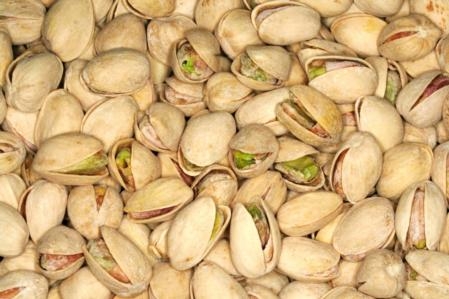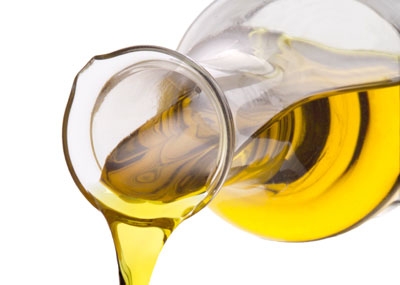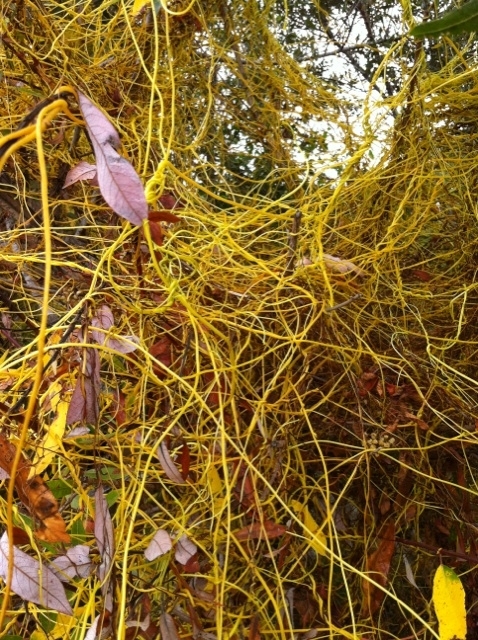Posts Tagged: Rick Buchner
California nut harvest winding down
- Almond growers expect to meet an early estimate of 1.95 billion pounds statewide, which would be a record
- Pistachio growers in the San Joaquin Valley are enjoying their second-largest crop ever after last year's record yield
- Walnut growers expect this year's yield to be 485,000 tons, slightly lower than last year's 503,000 tons
"The rumors I've heard is that guys are still complaining about the quality" of walnuts, said Rick Buchner, a University of California Cooperative Extension farm advisor in Red Bluff. "We're getting a lot of black husks on them, so there's a suggestion that we may have some husk breakdown and husk fly problems. It's probably too soon to tell yet."
California olive oil trade rivals Europe
California producers have mounted a major effort to bring back the domestic olive oil industry, planting thousands of acres, building mills and producing oils that are fresher, purer and cheaper than all but the finest imports, said a New York Times News Service article by Julia Moskin.
In fact, the article noted, a recent study by the Olive Center at UC Davis found that 69 percent of imported extra-virgin olive oils bought off the shelves of California supermarkets failed to meet international standards. European producers, however, said that testing supermarket products proves nothing about the relative quality of imported and domestic oils.
“You can’t decide that all imported oils are suspect and dismiss thousands of years of craftsmanship,” scoffed an American expert who farms olives in Tuscany. Critics also question the cultivation and production methods used in California.
UC Cooperative Extension olive oil expert Paul Vossen, who has worked with virtually every olive grower in the state, called that idea “a bunch of baloney.” He said high-density planting currently works only with certain varieties — arbequina and arbosana from Spain, and koroneiki from Greece — but for those, the practice is no different from other kinds of farming.
Early rain complicates walnut harvest
Tim Hearden, Capital Press
Nearly a week's worth of early-season rain in Northern California brought the normally robust harvest of middle and late walnut varieties to a stop. More than half the state's estimated 485,000-ton walnut crop consists of later varieties, many of which got caught in the rain
With growers fearing they might be hit with unfavorable weather during their harvest, some applied etheryl to induce hull split early, said UC Cooperative Extension farm advisor Rick Buchner. Whether or not that was beneficial is "a matter of some debate."
"Some guys were happy to get the husk open because the nut is going to dry faster," he said. "Even if it's laying on the ground, it's drying. That could be an advantage."
Japanese dodder found in Santa Barbara County
Olive fruit fly back
Julie Johnson, Orland Press-Register
There are considerably more olive fruit flies this year than at this time last year, said Bill Krueger, UC Cooperative Extension farm advisor for Tehama and Glenn counties. "When it comes to the olive fruit fly we really don't understand everything we need to know, and this is just one example," he said.
Nonpareils' arrival marks start of big almond harvest
Tim Hearden, Capital Press
Nonpareil almonds have been coming out of the orchards in California, ushering in the harvest of what's expected to be a record 1.95 billion-pound almond crop this year. Hullers and shellers in the San Joaquin Valley got their first loads on Aug. 19. "I think all of our orchards look pretty good," said Rick Buchner, a University of California Cooperative Extension farm advisor. "It's a good crop, really clean."
California fruit harvest on track
Capital Press reporter Tim Hearden provided an overview of California's 2011 fruit and nut season in an article published in yesterday's edition. Table grapes, nectarines, plums, Valencia oranges, lemons and blueberries were being picked and shipped as of Aug. 8, according to a USDA's National Agricultural Statistics Service.
Many crops are holding their own despite getting a late start in development, as rain and cool temperatures in the spring gave way to a mild summer, Hearden reported.
For perspective on the NASS report, Hearden spoke to Carolyn O'Donnell of the California Strawberry Commission, a California Farm Bureau Federation spokesperson and UC Cooperative Extension farm advisor Rick Buchner. Buchner said plums grown for drying are approaching the sugar content needed for harvest
Harvests should begin in a couple of weeks, which would make the crop about seven to 10 days late, Buchner said. The crop is heavy, so growers "will have to hang on long enough to get the sugar up."
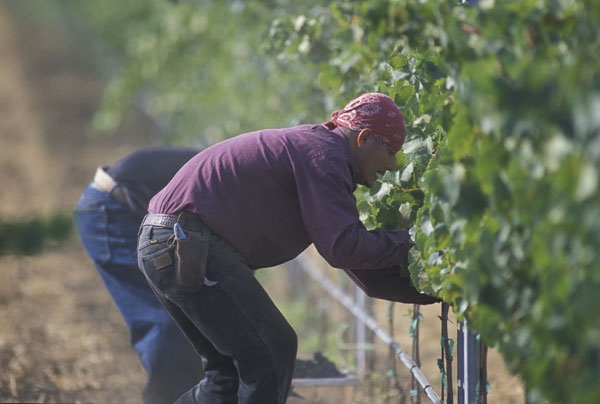
The table grape harvest is under way in the San Joaquin Valley. (Photo by Edwin Remsberg, USDA)
Agriculture welcomes summer
Temperatures across California's Central Valley pushed past the century mark in conjunction with the official arrival of summer yesterday. The warming weather is, for the most part, being welcomed by the agriculture industry, though some wished the warm-up hadn't been so sudden, Capital Press reported.
CP reporter Tim Hearden spoke with UC Cooperative Extension farm advisor Rick Buchner about almond, walnut and prune orchards, which he said are holding up well, although gradual warming would have been better.
"We haven't found a whole lot of problems at this point," Buchner was quoted. "We've seen some pretty good prune and walnut crops."
The Capital Press story summarized USDA's National Agriculture Statistics Service National Crop Weather Report. It said:
- Alfalfa growers have been getting cuttings throughout the state in June
- Sunflower seed, corn and bean planting continued
- Blueberry harvest has gone into full swing
- Strawberry picking continues, while strawberry nursery planting is about finished
- Carrots have been harvested in Kern County
- Onions and garlic in Fresno County are maturing to harvest
- Processing tomatoes are starting to grow after the cool weather held them back
- Non-irrigated pasture and rangeland are in good condition
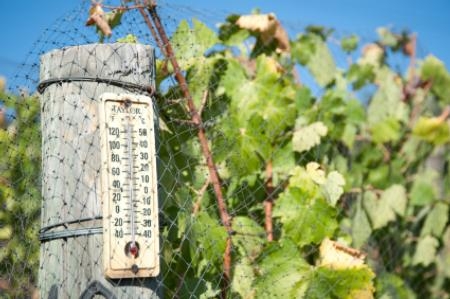
The cool spring slowed grape growth and caused mildew and fungus problems.

